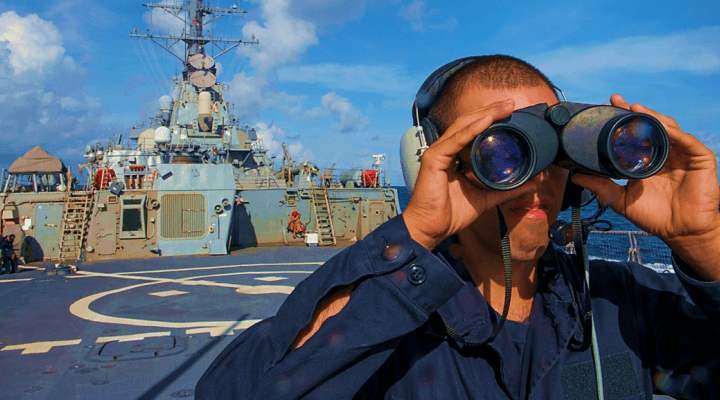The Office of Naval Research (ONR) has recently been highlighting how its efforts are helping the military dream big dreams and turn projects which may seem like science fiction unto a reality for the military.
In addition to working with government contractors, it also partners with centers of higher learning to accomplish this goal.
“ONR has literally hundreds of research partnerships with universities across the country and around the world,” said Robert Freeman, ONR public affairs officer.
“Together with industry, partnerships are the essential way to bring new ideas into reality, and provide crucial new capabilities to our Sailors and Marines,” Freeman told ClearanceJobs. “Our industry partners range from the largest companies in the country, to many very small businesses. Our Office of Small Business works closely with small businesses to help them understand naval research needs, requirements and how to apply for research sponsorships.”
In addition, there is the Department of the Navy’s Small Business Innovation Research and Small Business Technology Transfer (SBIR/STTR) office, which provides sponsorship programs for innovative technology entrepreneurs whose work may have naval benefit or applications.
The timeline for projects at ONR isn’t written in stone, either. While DARPA is often focused on long term research projects, ONR has some that are both near-term as well as further afield.
“ONR sponsors a mix of long-term and shorter-term research, in conjunction with DoD partners, naval warfare centers, academia and industry,” added Freeman. “While ONR sponsors some technologies on relatively short timeframes – programs like TechSolutions, for instance, take Sailor or Marine requests and get prototypes delivered within 12-18 months – the command also sponsors many long-term basic research efforts.”
Innovation for the short and long term
Some of these can be considered highly visionary, even scientifically revolutionary, and as a result, may take years to reach fruition.
“One example of that, among thousands since ONR’s inception, would be GPS. ONR sponsored the early development of cooled atoms and precision timekeeping that helped lead, decades later, to the GPS you now use in your handheld device,” explained Freeman. “So there is a mix of timeframes.”
While the research at ONR could fall into the “science fiction” category, the office was created long before many of the tools we have today were even deemed “sci-fi.”
“ONR was first federal entity designed to sponsor scientific research; established in 1946,” noted Freeman. “It became a model for similar offices – the National Science Foundation, for civilian applications; the Army Research Office, the Air Force Office of Scientific Research, and the Advanced Research Projects Agency (ARPA), which later became the Defense Advanced Research Projects Agency (DARPA).”
It should be noted that DARPA initially was designed to sponsor research on work that was not in response to military requirements, but might assist the military.
“In other words, they were looking at ideas the military had not even considered, but which might be useful,” added Freeman. “Today all of the offices listed above sponsor some forward-looking research beyond official requirements.”



